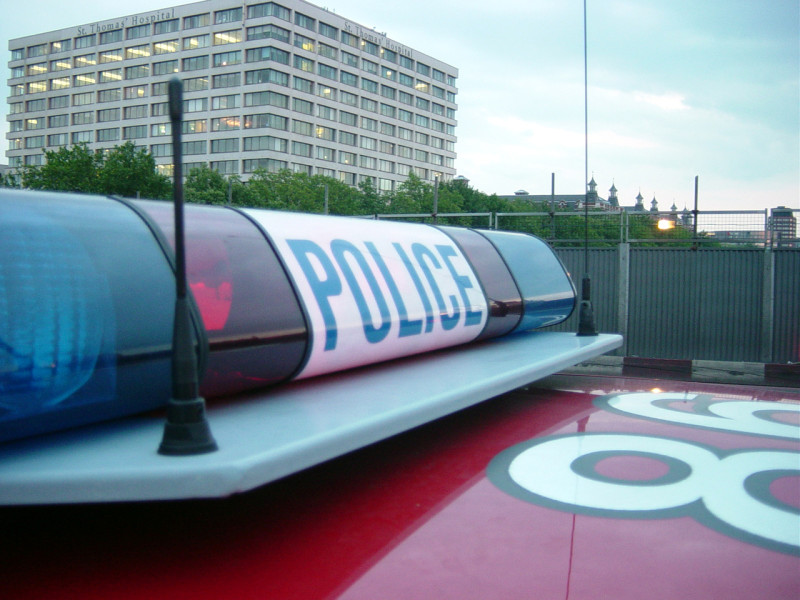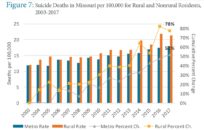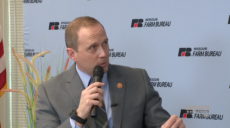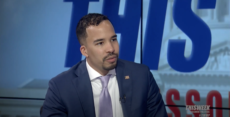Black people were subjected to the use of force four times as often as white people annually by the St. Louis Metropolitan Police Department (SLMPD) from 2012-2019, according to a new report.
Use of force incidents, which were largely weaponless or involved a taser, decreased over the reporting period by more than 18 percent while pedestrian stops dropped by 82 percent. There was also a wide disparity in traffic stops by law enforcement: Black residents made up 65 percent of the vehicle stops — more than doubling the rate faced by white motorists — and were subjected to pedestrian stops at the same rate over the seven-year period.
The report was part of the Center for Policing Equity (CPE) National Justice Database project, which tracks data on police behavior across the country. The group began working with the city to reform public safety in 2016 in the wake of the death of Michael Brown in Ferguson, collaborating with the Department of Public Safety, the Violence Prevention Commission, and Forward Through Ferguson.
SLMPD Chief John Hayden said the department would use the data to improve its transparency and accountability.
“As accountability has been one of the pillars of my administration, I believe we have made great strides in the past four years in ensuring our department serves our community in a fair and equitable manner,” Hayden said. “It is understandable that this kind of research can bring about scrutiny and question policing practices. However, we embrace the challenge to do better and consider all suggestions from professionals, community stakeholders, and citizens.”
Dr. Tracie Keesee, CPE co-founder and senior vice president of Justice Initiatives, said the report showed overall improvements and the need for further action, something St. Louis Mayor Tishaura Jones said she was ready to undertake.
“These are important conversations for St. Louis to have, and I look forward to continued partnership with CPE and leaders in our city to engage with this important and insightful data,” Jones said. “From 911 data to our police policies and practices, it is our job to learn from the past to shape a better, safer, and more equitable future.”
The St. Louis community was encouraged to share feedback at a virtual town hall with CPE, Jones, and other leaders on Sept. 23.
Disparity has been a concern across the state over the past few years; the Attorney General’s Office has compiled its annual Vehicle Stops Report since 2000, examining stop rates, arrests, and searches by demographic across the state. The disparity reached an all-time high in 2018 when Black motorists were 91 percent more likely to be stopped by law enforcement than white drivers.
The rate decreased the following year and in 2020 — along with a decrease in overall stops — with Black motorists pulled over 1.5 times more often than white drivers across the state.
Lawmakers called for action to address the disparity following the 2018 Vehicle Stops Report, and discussions over the use of force by law enforcement reignited last year following the death of George Floyd at the hands of a police officer in Minneapolis. Missouri’s Peace Officer Standards and Training (POST) enacted several new policies last year, including the addition of minority policing history and implicit bias training to academy curriculum.
Additionally, a bipartisan state law banning the use of chokeholds among a bevy of law enforcement and criminal justice reforms went into effect last month.

Cameron Gerber studied journalism at Lincoln University. Prior to Lincoln, he earned an associate’s degree from State Fair Community College. Cameron is a native of Eldon, Missouri.
Contact Cameron at cameron@themissouritimes.com.
































